The universe is vast, mysterious, and full of wonders waiting to be discovered. For those of us who are curious about the world around us, there is no better way to explore these mysteries than through the pages of a good book. Popular science books have the unique ability to make complex scientific concepts accessible and engaging for readers of all backgrounds. Whether you are a seasoned science enthusiast or just starting your journey into the world of science, these books will surely blow your mind. In this article, we’ll dive into a selection of top popular science books that are guaranteed to ignite your curiosity and expand your understanding of the universe.
The Elegant Universe: Superstrings, Hidden Dimensions, and the Quest for the Ultimate Theory by Brian Greene
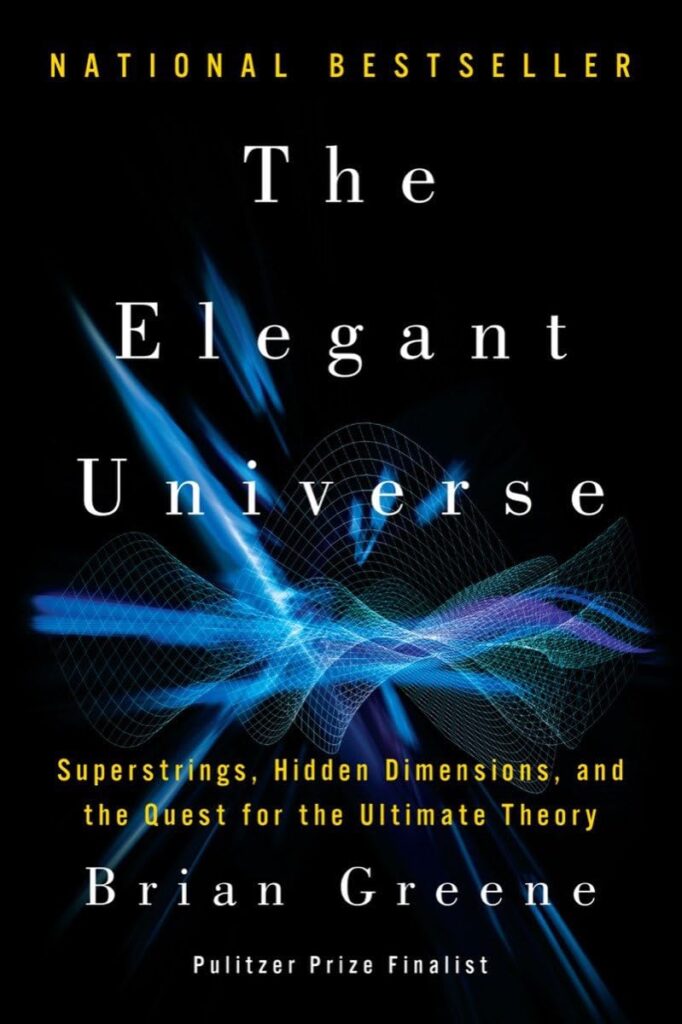
Overview
“The Elegant Universe” by Brian Greene takes readers on a journey through the strange and fascinating world of string theory. String theory is a cutting-edge area of theoretical physics that suggests that the fundamental building blocks of the universe are not particles, but tiny, vibrating strings of energy.
Key Points
- Introduction to string theory and its implications for our understanding of the universe.
- Explanation of superstrings, hidden dimensions, and the quest for a unified theory.
Why It’s Mind-Blowing
What makes “The Elegant Universe” so mind-blowing is Greene’s ability to explain these incredibly complex ideas in a way that is both understandable and captivating. He uses vivid metaphors and analogies to bring the abstract world of theoretical physics to life. I remember reading this book during a long flight and being so engrossed that I barely noticed the hours passing by. Greene’s passion for the subject is infectious, making this a must-read for anyone curious about the fundamental nature of reality.
Bad Science: Quacks, Hacks, and Big Pharma Flacks by Ben Goldacre

Overview
In “Bad Science,” Ben Goldacre takes a critical look at the world of pseudoscience and misinformation in the medical industry. From bogus health claims to misleading media reports, Goldacre exposes the tricks and tactics used to deceive the public.
Key Points
- Debunking myths and exposing fraudulent practices in the medical industry.
- Advocating for evidence-based medicine and scientific literacy.
Why It’s Mind-Blowing
Goldacre’s sharp wit and thorough research make this book not only informative but also highly entertaining. He tackles serious issues with humor and clarity, making complex medical topics accessible to all readers. I found myself laughing out loud at some of the absurdities he uncovers, but also feeling empowered to think more critically about the health information I encounter. “Bad Science” is a powerful reminder of the importance of skepticism and evidence in the age of misinformation.
The Man Who Mistook His Wife for a Hat and Other Clinical Tales by Oliver Sacks
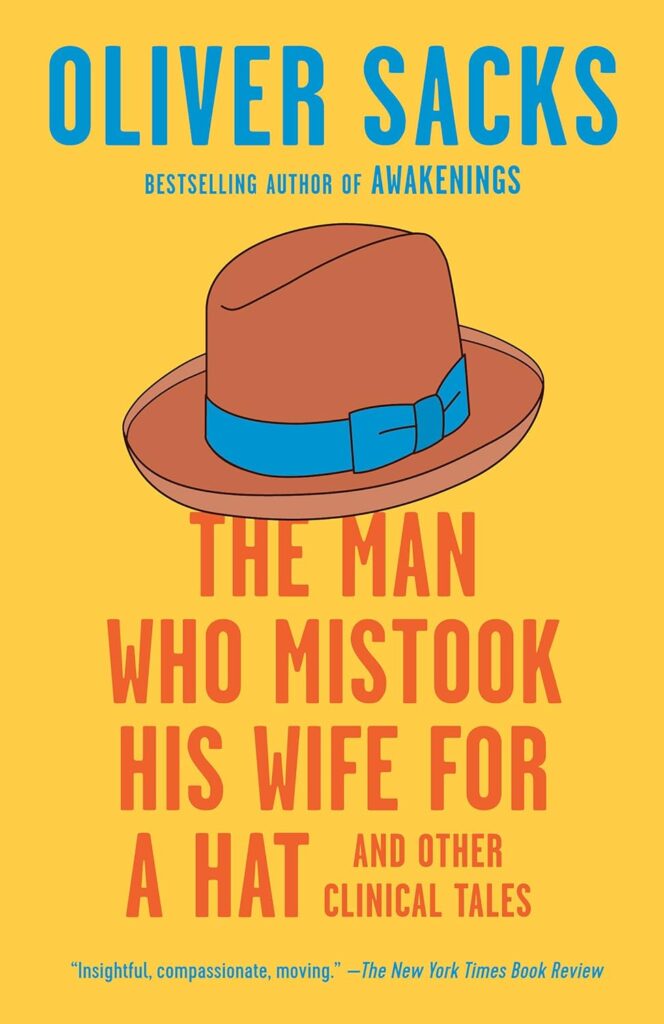
Overview
Oliver Sacks’ “The Man Who Mistook His Wife for a Hat” is a collection of fascinating case studies from his career as a neurologist. Each story delves into the lives of patients with unique and often bizarre neurological disorders.
Key Points
- Detailed accounts of patients with extraordinary neurological conditions.
- Exploration of the mysteries of the human brain and mind.
Why It’s Mind-Blowing
Sacks’ empathetic storytelling brings these cases to life in a way that is both deeply human and scientifically intriguing. His ability to convey the complexities of the brain through personal narratives makes this book a compelling read. I remember being particularly moved by the story of a man who could no longer recognize faces, including his own wife. Sacks’ compassionate approach to his patients and his profound insights into the workings of the mind make this book a timeless classic.
Surely You’re Joking, Mr. Feynman! by Richard P. Feynman

Overview
“Surely You’re Joking, Mr. Feynman!” is a memoir by the Nobel Prize-winning physicist Richard Feynman. Filled with humorous anecdotes and tales of his scientific adventures, this book offers a unique glimpse into the life of one of the greatest minds of the 20th century.
Key Points
- Feynman’s playful approach to problem-solving and scientific inquiry.
- His contributions to physics and his colorful personality.
Why It’s Mind-Blowing
Feynman’s charismatic personality and unconventional thinking make this book a joy to read. His stories range from his work on the Manhattan Project to his investigations into safecracking and bongo drumming. I was inspired by Feynman’s curiosity and his refusal to take anything at face value. His ability to find joy and wonder in the world around him is truly infectious, making this book a delightful and enlightening read.
The Hidden Life of Trees: What They Feel, How They Communicate – Discoveries from a Secret World by Peter Wohlleben
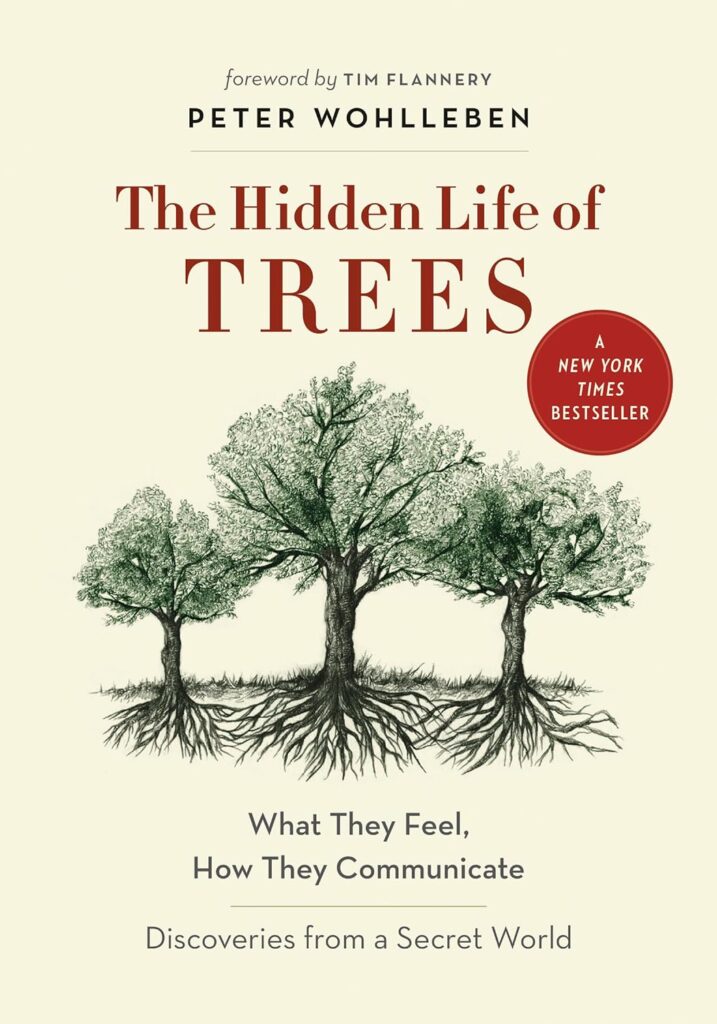
Overview
In “The Hidden Life of Trees,” Peter Wohlleben shares his observations and the latest scientific research on how trees communicate, support each other, and interact with their environment.
Key Points
- Insights into tree communication, cooperation, and their role in ecosystems.
- Exploration of the secret lives of trees and their complex behaviors.
Why It’s Mind-Blowing
Wohlleben’s observations challenge our understanding of plant life, revealing a complex and vibrant world beneath our feet. His passion for the subject shines through in his writing, making it easy to see trees as dynamic and sentient beings. After reading this book, I found myself looking at the trees in my neighborhood with a newfound sense of wonder and appreciation. “The Hidden Life of Trees” is a beautiful reminder of the intricate connections that exist in nature.
Godel, Escher, Bach: An Eternal Golden Braid by Douglas R. Hofstadter
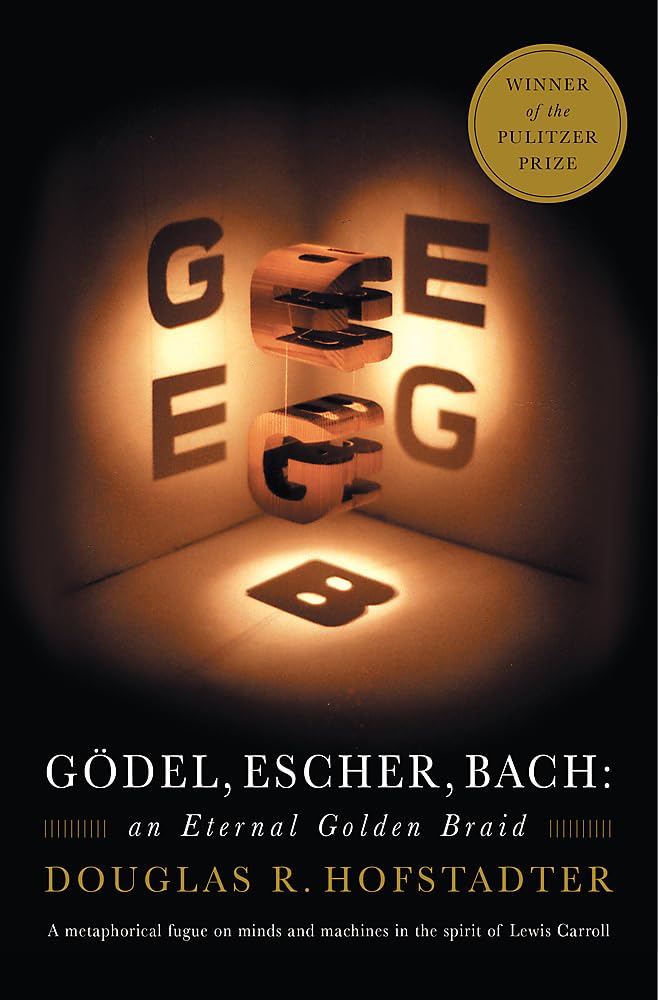
Overview
Douglas R. Hofstadter’s “Godel, Escher, Bach” is an interdisciplinary exploration of the works of mathematician Kurt Godel, artist M.C. Escher, and composer Johann Sebastian Bach. The book delves into the connections between logic, art, and music, focusing on themes of self-reference and recursion.
Key Points
- Connections between the works of Godel, Escher, and Bach.
- Exploration of themes such as self-reference and recursion.
- The interplay between mathematics, art, and music.
Why It’s Mind-Blowing
Hofstadter’s intricate analysis bridges diverse fields, offering profound insights into the nature of human creativity and thought. The book is dense and challenging, but incredibly rewarding for those who persist. I found myself constantly amazed at the deep connections Hofstadter draws between seemingly unrelated disciplines. “Godel, Escher, Bach” is a testament to the beauty and complexity of human thought.
Silent Spring by Rachel Carson
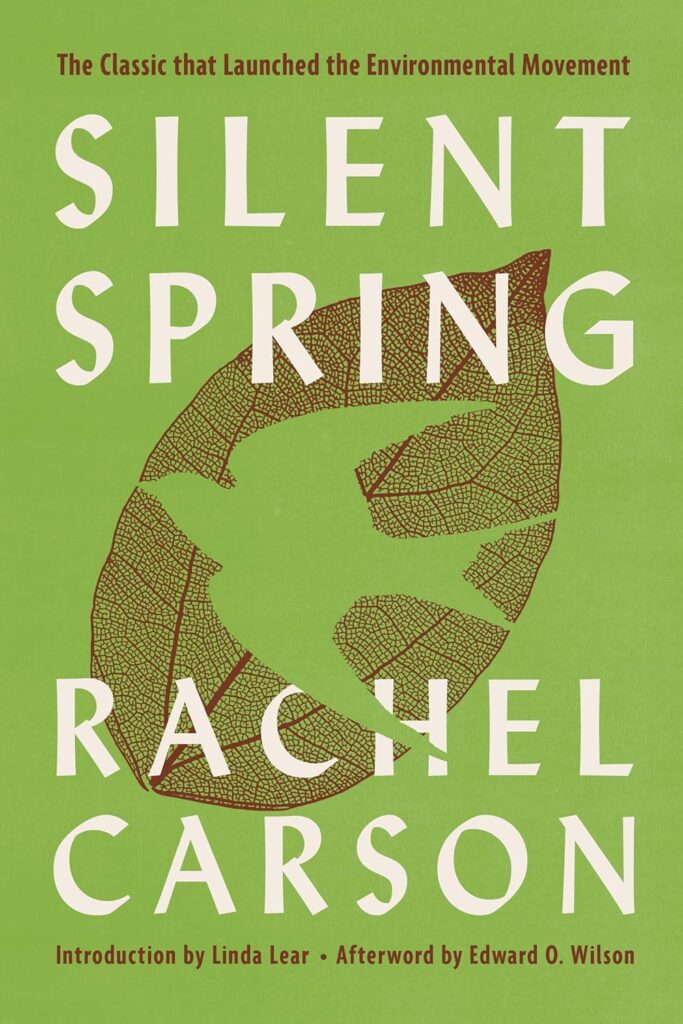
Overview
“Silent Spring” by Rachel Carson is a groundbreaking work that brought attention to the environmental impact of pesticides. Carson’s meticulous research and powerful narrative helped spark the modern environmental movement.
Key Points
- The dangers of chemical pollution and its impact on ecosystems.
- The interdependence of nature and the need for environmental awareness.
- Carson’s call for responsible stewardship of the environment.
Why It’s Mind-Blowing
Carson’s powerful narrative and meticulous research sparked the modern environmental movement, showing the profound impact of individual action. Her ability to weave scientific information into a compelling story makes this book both informative and emotionally moving. Reading “Silent Spring” gave me a deep sense of urgency about the need to protect our environment, and I was struck by Carson’s bravery in speaking out against powerful industrial interests.
Behave: The Biology of Humans at Our Best and Worst by Robert M. Sapolsky
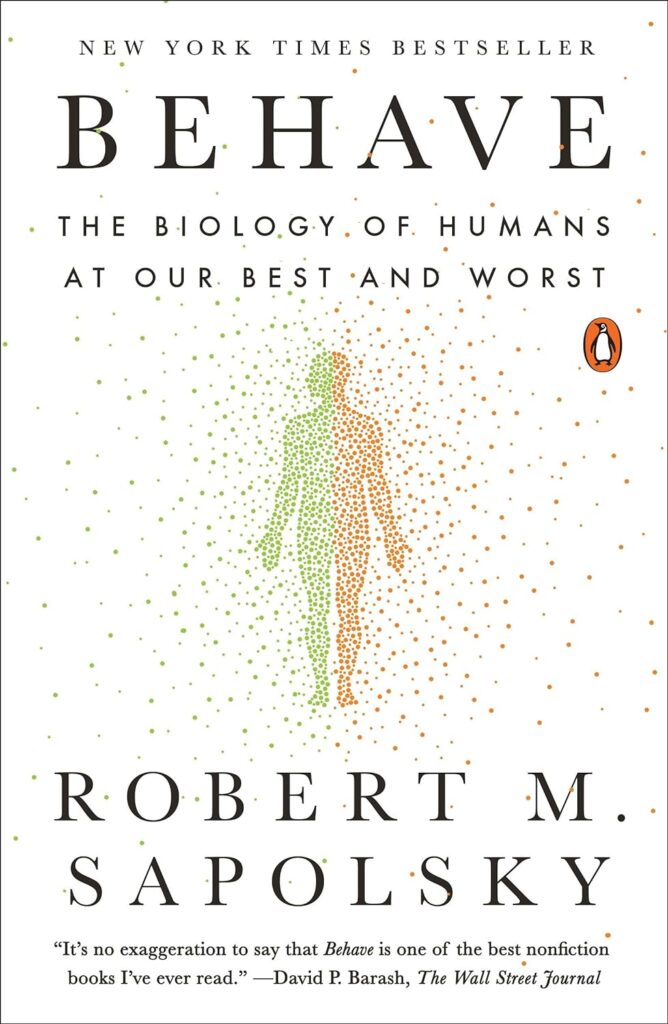
Overview
In “Behave,” Robert M. Sapolsky examines the various factors that influence human behavior, from immediate brain activity to long-term evolutionary pressures. Sapolsky’s comprehensive approach offers a deep understanding of why we behave the way we do.
Key Points
- Analysis of immediate reactions, developmental influences, and evolutionary pressures.
- Exploration of the biological and environmental factors that shape human behavior.
- Insight into the complexity of human nature.
Why It’s Mind-Blowing
Sapolsky’s comprehensive approach to understanding behavior highlights the complexity of human nature and the interplay of biology and environment. His writing is both scientifically rigorous and deeply humane, making it accessible to a wide audience. I was particularly fascinated by his discussions on the influence of stress and the social environment on behavior. “Behave” offers profound insights into what it means to be human.
Stiff: The Curious Lives of Human Cadavers by Mary Roach
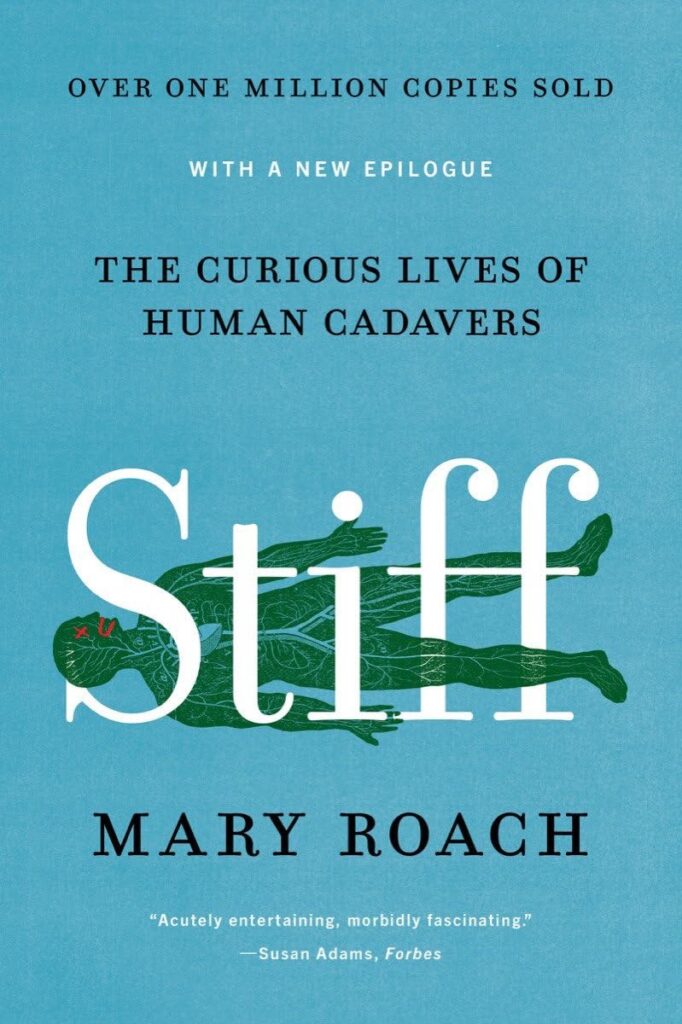
Overview
“Stiff” by Mary Roach explores the various uses and fates of human cadavers, from medical research to forensic science. Roach approaches this potentially morbid subject with humor and curiosity, making it an engaging and educational read.
Key Points
- Historical and contemporary practices involving cadavers.
- Ethical considerations and personal reflections on death and the body.
- The contributions of cadavers to science and medicine.
Why It’s Mind-Blowing
Roach’s humor and curiosity make a potentially morbid subject fascinating and educational. Her ability to find the human stories behind the science adds a deeply personal dimension to the book. I was surprised by how much I learned about the history and practice of medical science, and Roach’s witty writing kept me hooked from start to finish. “Stiff” is a testament to the unexpected ways in which the deceased continue to contribute to the living.
Packing for Mars: The Curious Science of Life in the Void by Mary Roach
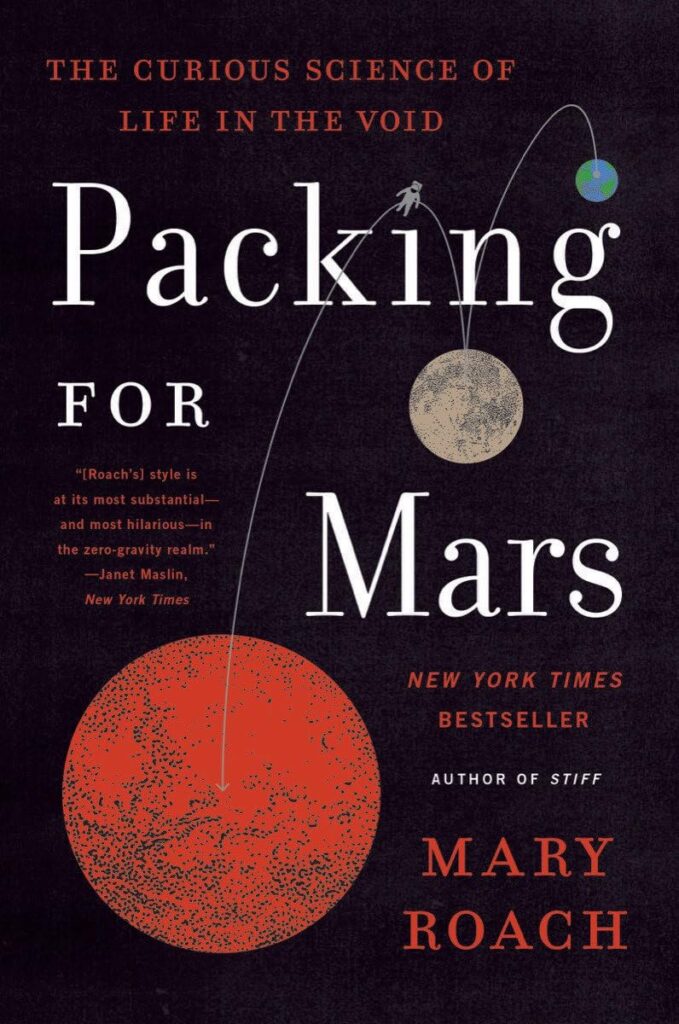
Overview
In “Packing for Mars,” Mary Roach investigates the quirky and fascinating aspects of human space travel, from astronaut training to the challenges of living in zero gravity. Her exploration of space travel is both humorous and insightful.
Key Points
- The challenges and peculiarities of human space travel.
- Astronaut training and life in zero gravity.
- The future of space exploration.
Why It’s Mind-Blowing
Roach’s witty and thorough exploration of space travel reveals the quirky and often humorous side of human endeavors in space. Her ability to uncover the strange and unexpected aspects of space travel makes this book a delight to read. I found myself laughing out loud at some of the bizarre challenges astronauts face, while also gaining a deeper appreciation for the incredible feats of engineering and bravery involved in space exploration. “Packing for Mars” is a must-read for anyone fascinated by the final frontier.
The Structure of Scientific Revolutions by Thomas S. Kuhn
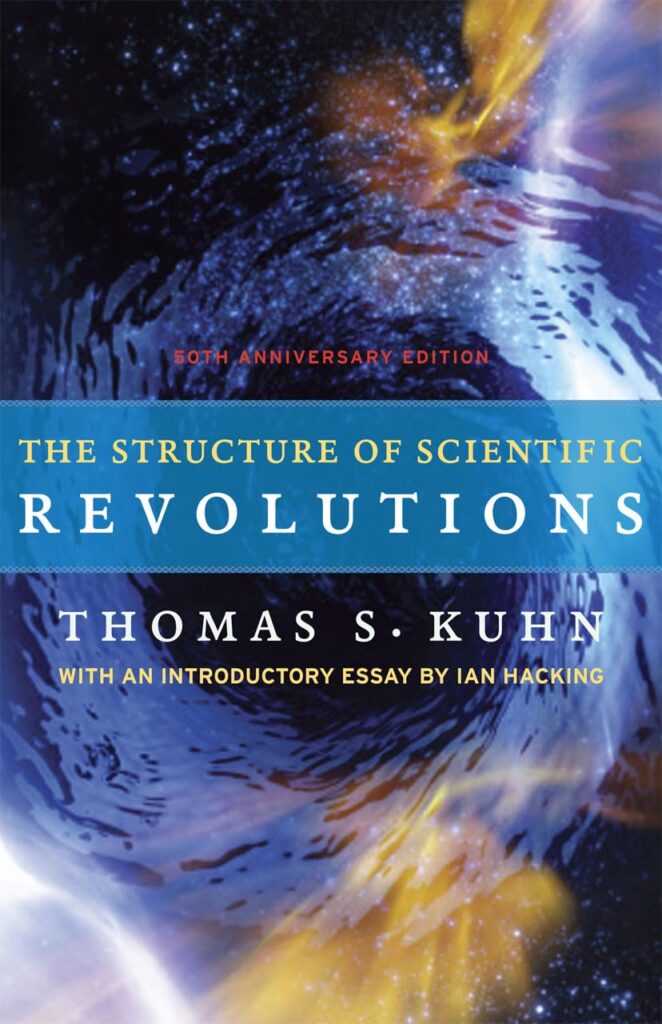
Overview
Thomas S. Kuhn’s “The Structure of Scientific Revolutions” examines the nature of scientific progress and the paradigm shifts that drive advances in scientific understanding. Kuhn’s work challenges the traditional view of science as a linear progression.
Key Points
- The process of scientific revolutions and paradigm shifts.
- The role of anomalies and the shift from one paradigm to another.
- The dynamic and non-linear nature of scientific advancement.
Why It’s Mind-Blowing
Kuhn’s work challenges the traditional view of science as a linear progression, offering a more dynamic and realistic understanding of scientific advancement. His concept of paradigm shifts has become a cornerstone in the philosophy of science, fundamentally changing how we understand scientific progress. Reading “The Structure of Scientific Revolutions” gave me a new perspective on the history of science and the often turbulent path of discovery. Kuhn’s insights into the nature of scientific change are profound and thought-provoking.
The Drunkard’s Walk: How Randomness Rules Our Lives by Leonard Mlodinow
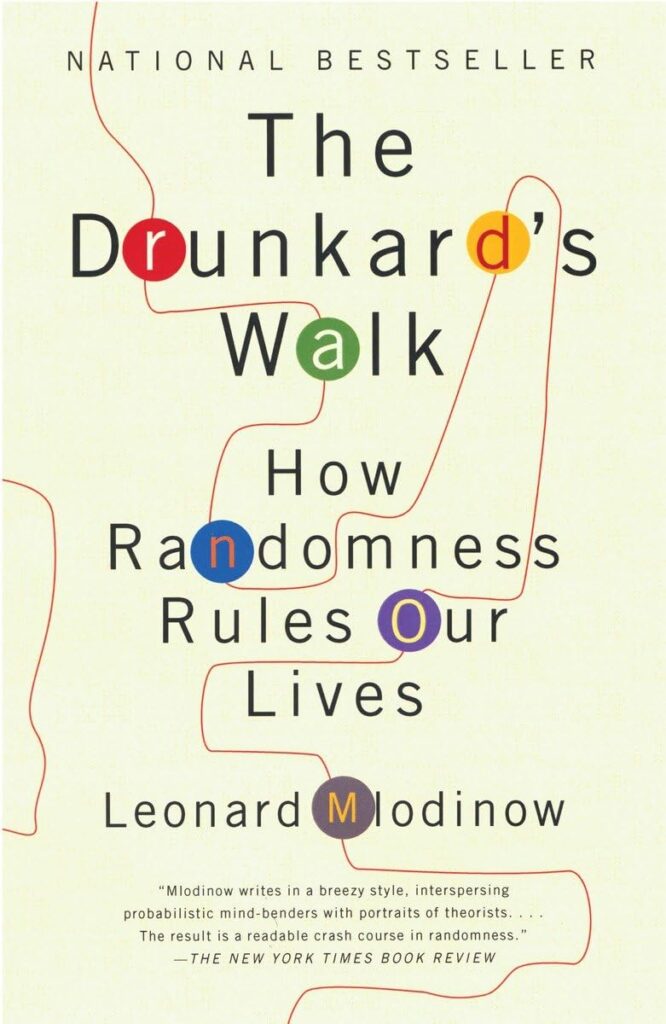
Overview
In “The Drunkard’s Walk,” Leonard Mlodinow explores the role of randomness and probability in our daily lives. He highlights how much of what happens is beyond our control and the importance of understanding probability.
Key Points
- The impact of chance events on our lives.
- The importance of understanding probability and randomness.
- How randomness influences our decisions and perceptions.
Why It’s Mind-Blowing
Mlodinow’s engaging writing demystifies the concept of randomness, highlighting its pervasive and often underappreciated role in shaping our lives. His ability to explain complex statistical concepts in an accessible way makes this book both enlightening and enjoyable. I was struck by how much of our lives are influenced by chance, and Mlodinow’s insights have changed the way I think about success, failure, and the nature of luck. “The Drunkard’s Walk” is a fascinating exploration of the hidden forces that shape our world.
Seven Brief Lessons on Physics by Carlo Rovelli
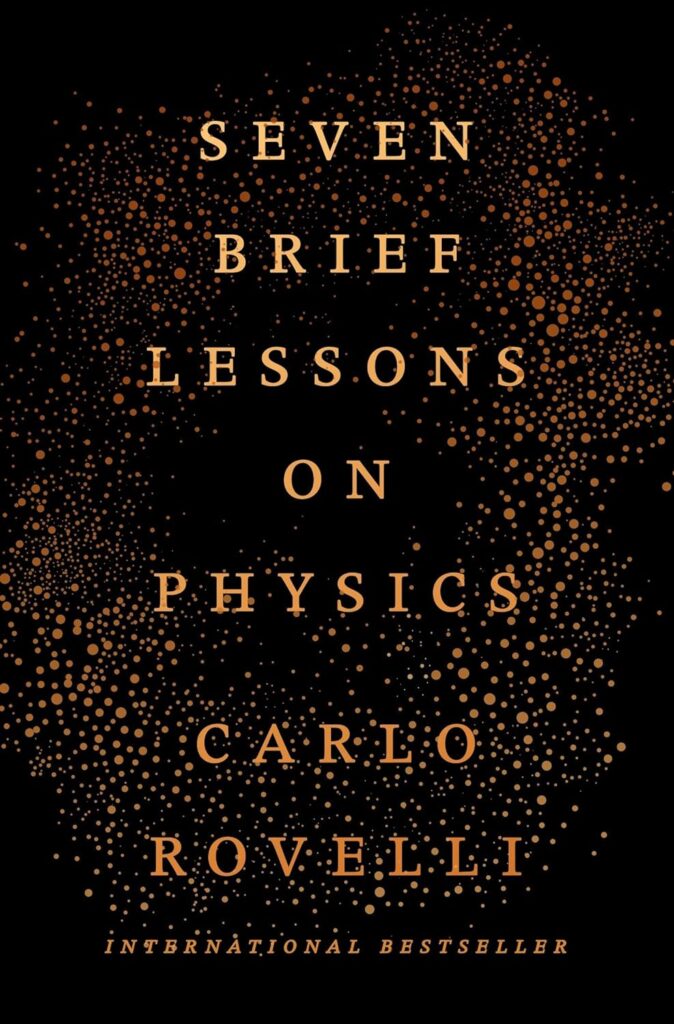
Overview
“Seven Brief Lessons on Physics” by Carlo Rovelli provides a concise and elegant overview of the most important concepts in modern physics, from relativity to quantum mechanics. Rovelli’s poetic writing makes complex ideas approachable and awe-inspiring.
Key Points
- Introduction to key concepts in modern physics.
- Exploration of relativity, quantum mechanics, and the nature of time and space.
- Rovelli’s poetic and accessible explanations.
Why It’s Mind-Blowing
Rovelli’s poetic and accessible explanations make complex scientific ideas approachable and awe-inspiring. His ability to distill the essence of modern physics into brief, elegant lessons makes this book a joy to read. I found myself mesmerized by Rovelli’s descriptions of the fabric of reality, and his writing left me with a profound sense of wonder about the universe. “Seven Brief Lessons on Physics” is a beautiful and thought-provoking introduction to the mysteries of physics.
I Contain Multitudes: The Microbes Within Us and a Grander View of Life by Ed Yong
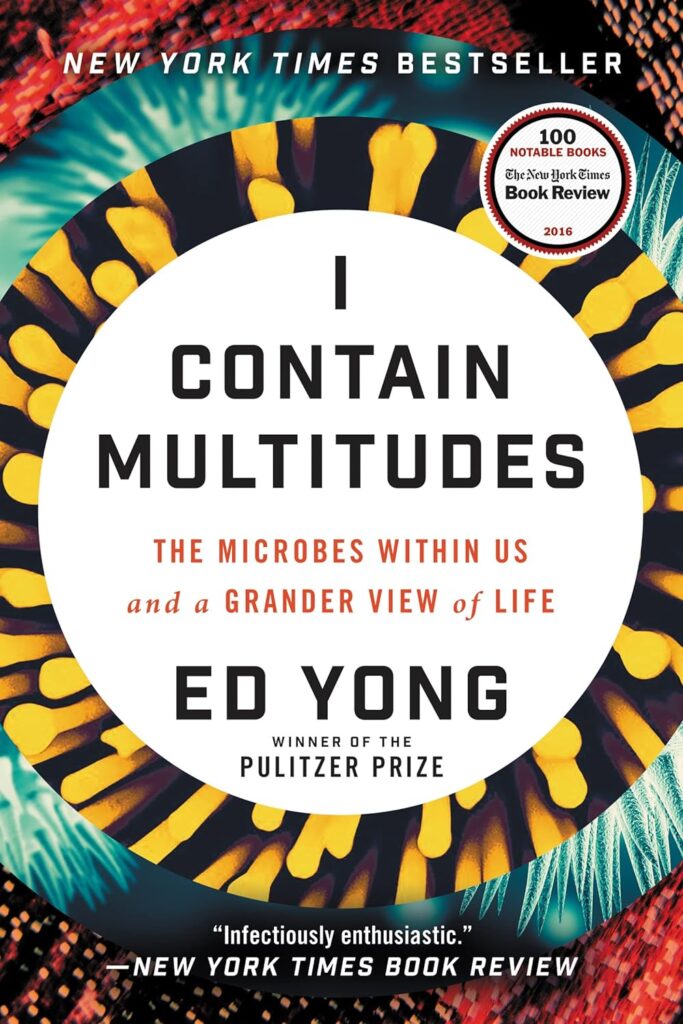
Overview
In “I Contain Multitudes,” Ed Yong delves into the world of microbes, explaining how these tiny organisms play crucial roles in our health, disease, and the environment. Yong’s vivid storytelling reveals the hidden world of microbes and their impact on life.
Key Points
- The role of microbes in health, disease, and ecosystems.
- The symbiotic relationship between humans and microbes.
- The impact of microbes on the environment and life.
Why It’s Mind-Blowing
Yong’s vivid storytelling reveals the hidden world of microbes, transforming our understanding of life and our place within it. His ability to convey the importance and complexity of microbial life in an engaging way makes this book both educational and entertaining. I was amazed by the sheer number of microbes that inhabit our bodies and the vital roles they play in our health and well-being. “I Contain Multitudes” opened my eyes to the incredible diversity of life at the microscopic level and left me with a deeper appreciation for the unseen world around us.
Conclusion
These popular science books offer a gateway to the wonders of the universe and the complexities of the world around us. From the depths of the human mind to the far reaches of space, each book provides a unique and mind-blowing perspective on science. Whether you are a seasoned science enthusiast or just beginning your journey, these books are sure to ignite your curiosity and expand your understanding of the universe. So, dive into these fascinating reads and unlock the secrets of the universe – your mind will thank you for it.
